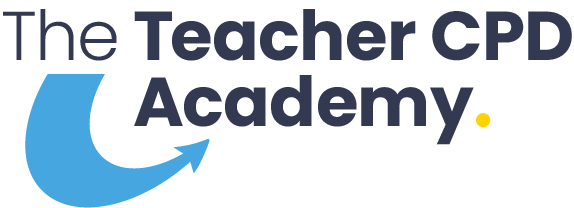ORACY FOR LEARNING
Reading Resources.
4 teaching strategies to link Oracy and Cognitive Science
Oracy in class: How to encourage students to speak up and participate
Thinking and Participation Ratios: How to maximise cognitive engagement
Curiosity and learning: 6 reasons why students should ask why
The one about reading out loud
The one about teaching others
How to Think, Pair, Share
Want to know more?
Head back over to Oracy for Learning and take your pick of another activity, or choose a different topic.

